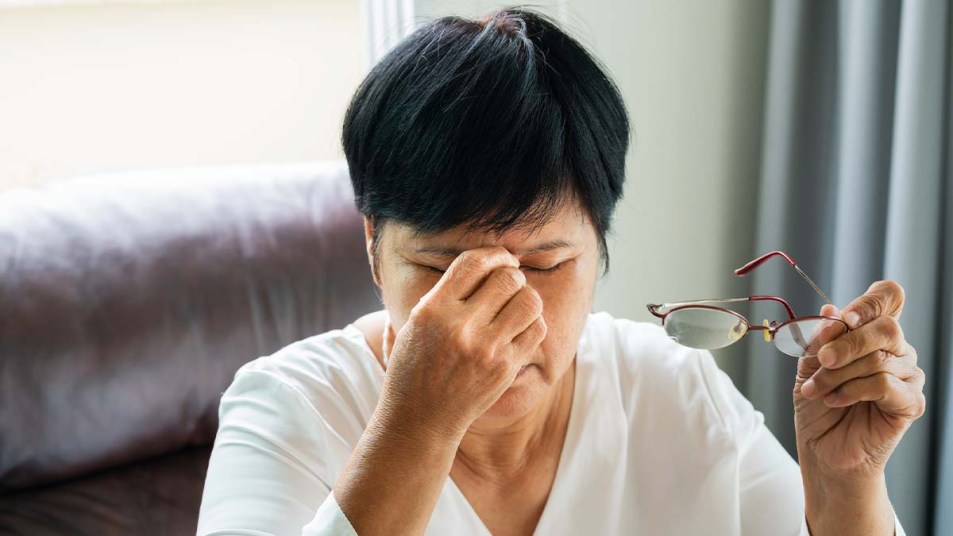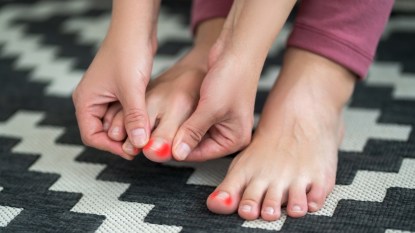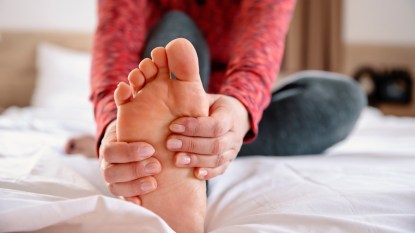Dry Winter Air Getting You Down? Fast Fixes for 4 Common Complaints

You love cozying up inside on blustery days. But when your home’s humidity levels plunge below 50 percent, it can trigger symptoms like cold sores, itchy eyes and nosebleeds. To the rescue: Easy fixes for dry air health bothers that calm symptoms in a hurry.
Cold sore?
Cool air dries out lips, creating ideal conditions for cold sores. Luckily, scientists at the Southern California University of Health Sciences found that topical lysine cream heals sores in six days. That’s 71 percent faster than an untreated sore! Credit goes to lysine’s ability to block the cold sore virus from replicating. One to try: Quantum Health Lip Clear Lysine+ Cold Sore Treatment (Buy from iHerb, $7)
Dry, itchy eyes?
For the 52 percent of us with dry, irritated eyes, there’s a soothing fix: Place warm, damp chamomile tea bags over closed eyes for five minutes. Harvard scientists say the warmth calms symptoms by up to 80 percent by unclogging tear-producing oil glands. Meanwhile, Case Western University scientists say chamomile compounds ease discomfort just like NSAIDs, but without the side effects.
Sinus headache?
When dry air saps moisture from your nasal passages and triggers head pain, try a “steam bath.” Fill a bowl with hot water, then lean over (keeping your face 12 inches away) and trap the steam by draping a towel over your head. British research suggests this eases a headache by moisturizing parched nasal passages. Also smart: adding a few drops of peppermint essential oil. German research shows compounds in mint oil soothe head pain as effectively as acetaminophen.
Nosebleed?
To calm a dry air–induced nosebleed, mist a decongestant nasal spray into the bleeding nostril and pinch. A study in the Annals of Medicine and Surgery found that decongestant sprays containing oxymetazoline (such as Afrin) shrink blood vessels in the nose, stopping a nosebleed in its tracks. Bonus: It also slashes the risk of experiencing a future nosebleed in the same spot by 75 percent.
A version of this article originally appeared in our print magazine, Woman’s World.













